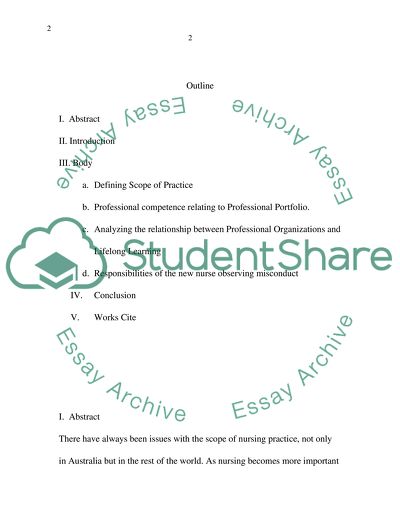Cite this document
(“New Australian National Nurses Registration Research Paper”, n.d.)
New Australian National Nurses Registration Research Paper. Retrieved from https://studentshare.org/miscellaneous/1528396-new-australian-national-nurses-registration
New Australian National Nurses Registration Research Paper. Retrieved from https://studentshare.org/miscellaneous/1528396-new-australian-national-nurses-registration
(New Australian National Nurses Registration Research Paper)
New Australian National Nurses Registration Research Paper. https://studentshare.org/miscellaneous/1528396-new-australian-national-nurses-registration.
New Australian National Nurses Registration Research Paper. https://studentshare.org/miscellaneous/1528396-new-australian-national-nurses-registration.
“New Australian National Nurses Registration Research Paper”, n.d. https://studentshare.org/miscellaneous/1528396-new-australian-national-nurses-registration.


